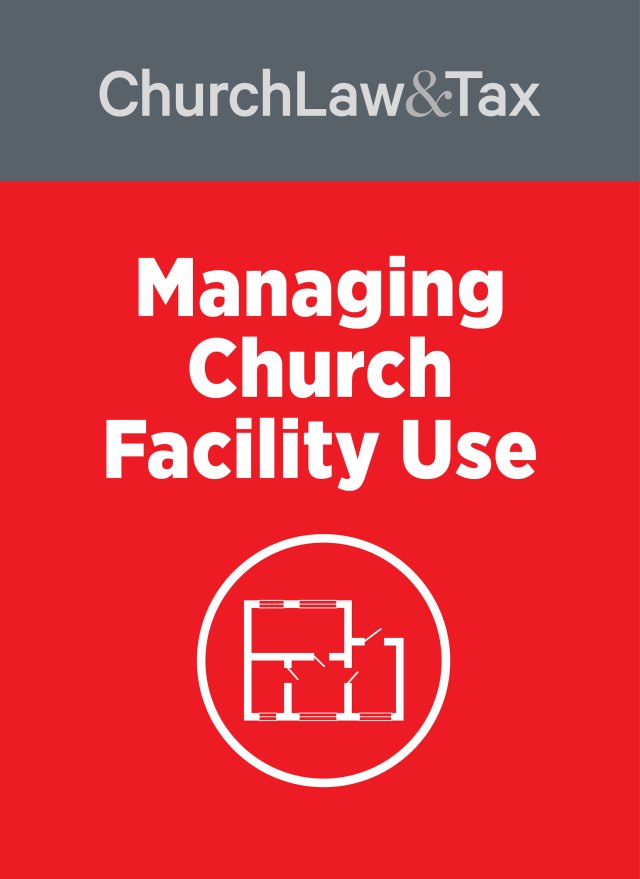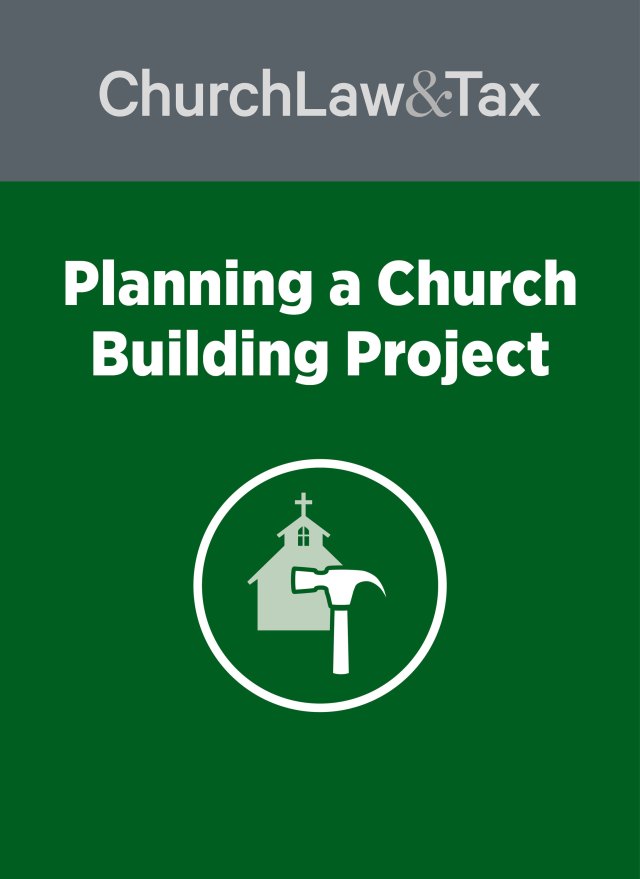• Key point 7-18. Churches can lose a portion of their property to a neighboring landowner as a result of “adverse possession,” if the neighbor openly and adversely occupies church property for the length of time prescribed by state law.
A Tennessee court ruled that a woman who used a path across a church’s property had not acquired an easement because her years of use were less than what were prescribed by law. A woman (Pat) purchased property next to a church in 1986 from her aunt, who had purchased the property in 1970. Pat resided on the property from 1986 until 1992, at which time her daughter moved onto the property. Pat and others used a curving driveway that provided access to two perpendicular roads that bordered the church property. This driveway bisected the church property and was used by Pat and others to access a paved area next to the house on Pat’s property. This use continued from 1970 until 1998, when the church installed posts on the property blocking access to the paved area on Pat’s property. Pat sued the pastor and trustees of the church, claiming that she had an “easement by prescription” across the church property because she and her aunt had used the easement without objection for more than the twenty years required by law. The pastor and trustees argued that the mere use of the driveway was insufficient to prove the hostile intent required to acquire legal rights by adverse possession. The trial court agreed with Pat, and the pastor and trustees appealed.
A state appeals court agreed with the trial court that “placing a pavement over the land claimed and using it as a means of access to other property of claimant was sufficient to put the owner on notice that a hostile claim was being asserted to his land …. The open and apparent use of the property inconsistent with possession by the true owner was notice to the world that the claim was adverse.” However, the court concluded that the twenty years of adverse possession required by Tennessee law was not met since Pat’s years of ownership could not be combined with her aunt’s. The court observed, “The procedure by which successive possessions are allowed to be combined to establish adverse possession is called tacking. Tacking requires that the combined periods be successive, that each possession must meet the elements of prescriptive easement, and that the possessions be in privity.” Privity requires that “the claimed easement be described in the deed transferring ownership between the adverse possessors.” The court concluded, “The deed to Pat from her [aunt] does not create the required privity between … as to the claimed easement. The deed creates privity between Pat and her [aunt] solely as to the land covered by the deed. The deed makes no mention of any easement or right to use the church’s property or to a right of way over the church’s property. Additionally, there was no evidence in the record before us concerning … a representation by Pat’s [aunt] to Pat that she was being conveyed a right of way over the church’s land.” While family relationship is a recognized form of privity, it has been recognized only in transactions between spouses or a parent and child, and not to a transaction between an aunt and niece.
The court acknowledged that “a conveyance that leaves the land conveyed or retained surrounded by the land of the grantor or grantee and third persons, a way of necessity is implied in favor of the landlocked parcel.” However, the court concluded that Pat was not entitled to an easement by necessity since she was not landlocked. The path across the church’s property was more convenient than other alternatives, but it was not the sole alternative.
Application. Many churches allow neighboring landowners to use a path or road across church property. As this case illustrates, such usage may or may not result in a legal claim of right. At a minimum, such usage must be adverse and hostile, and it must be for the length of time specified by state law. Successive users of the path may be able to “tack” their years of use in order to come up with the required number of years. But in many states, as in Tennessee, there must be “privity” between the successive users. Generally, this will mean that the deeds between these users will mention the easement, or that the successive owners were spouses or parents and their children. Thompson v. Hulse, 2000 WL 124787 (Tenn. App. 2000).
© Copyright 2001 by Church Law & Tax Report. All rights reserved. This publication is designed to provide accurate and authoritative information in regard to the subject matter covered. It is provided with the understanding that the publisher is not engaged in rendering legal, accounting, or other professional service. If legal advice or other expert assistance is required, the services of a competent professional person should be sought. Church Law & Tax Report, PO Box 1098, Matthews, NC 28106. Reference Code: m21 c0201




